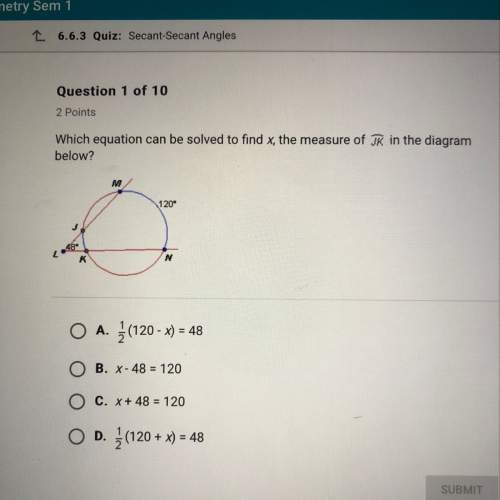
Mathematics, 06.12.2021 23:30 zackmoore
Many high schools now have drug-testing programs for athletes. The main goal of these programs is to reduce the use of banned substances by students who play sports. It is not practical to test every athlete for drug use regularly. Instead, school administrators give drug tests to randomly selected student athletes at unannounced times during the school year. Students who test positive face serious consequences, including letters to their parents, required counseling, and suspension from athletic participation. Drug test aren't perfect. Sometimes the tests say that athletes took a banned substance when they did not. This is known as a false positive. Other times, drug tests say that athletes are "clean" when they did take a banned substance. This is called a false negative. Suppose that 16% of the high school athletes in a large school district have taken a banned substance. The drug test used by this district has a false positive rate of 5% and a false negative rate of 10%. If a randomly chosen athlete tests positive, what is the chance that the student actually took a banned substance. Use what you have learned in this chapter to help answer the following questions about the district's drug-testing program. A. What is the probability that a randomly chosen athlete tests positive for banned substances?B. If two athletes are randomly selected, what's the probability that at least one of them tests positive?C. What's the probability that a randomly selected athlete did not take a banned substance, given they tested positive? Based on your answer, do you think an athlete who tests positive should be suspended from athletic competition for a year? Why or why not?D. What's the probability that a randomly selected athlete took a banned substance given the student tested negative? Explain why it makes sense for the drug-testing process to be designed so that this probability is less than the one you found in Question 4.E. The district decides to immediately retest and athlete who tests positive. Assume that the results of an athlete's two tests are independent. Find the probability that a student who gets a positive result on both tests actually took a banned substance (hint: took the banned substance given two positive tests). Based on your answer, do you think that an athlete who tests positive twice should be suspended from athletic competition for a year. Why or why not?

Answers: 1
Another question on Mathematics


Mathematics, 21.06.2019 18:00
Since opening night, attendance at play a has increased steadily, while attendance at play b first rose and then fell. equations modeling the daily attendance y at each play are shown below, where x is the number of days since opening night. on what day(s) was the attendance the same at both plays? what was the attendance? play a: y = 8x + 191 play b: y = -x^2 + 26x + 126
Answers: 1


Mathematics, 21.06.2019 20:30
Barney & noblet customers can choose to purchase a membership for $25 per year members receive 10% off all store purchases 1. how much would a member pay per year if he bought $50 worth of items each year? 2. write a slope-intercept equation that expresses how much a member pays per year using x to represent his purchases per year 3. how much would a member have to spend per year to pay off his membership fee?
Answers: 1
You know the right answer?
Many high schools now have drug-testing programs for athletes. The main goal of these programs is to...
Questions







English, 09.04.2021 03:20





Mathematics, 09.04.2021 03:20


Mathematics, 09.04.2021 03:20

Mathematics, 09.04.2021 03:20

Advanced Placement (AP), 09.04.2021 03:20


Mathematics, 09.04.2021 03:20


Chemistry, 09.04.2021 03:20




